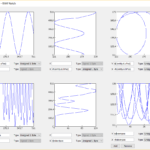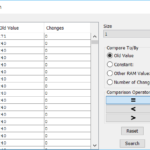An update of Emulicious is available!
It comes with serveral new features and some improvements to existing tools.
BIOS files for all supported systems can be selected now. For casual users this can help to improve the authenticity of the emulated system. But also developers can benefit from it because they can test if their rom will be rejected by the BIOS. Additionally, the state of the system after the BIOS will be faithfully reproduced. Appropriate BIOS files can be found on the web.
The Master Everdrive and the Everdrive GG can be emulated now. This feature as well can help to improve the authenticity of the emulated system. Developers can test if their rom is compatible with an Everdrive and also the state of the system after the Everdrive will be faithfully reproduced. To enable Everdrive emulation you need an Everdrive OS file. These can be found on the official website of the Everdrive. You can select a 1bpp font to use with the Everdrive but you can also let Emulicious derive a 1bpp font from the system font. Recent versions of the Everdrive OS come with their own font. They ignore the selected font.
The Memory Editor got expanded by a context menu and its interaction with the Debugger has been improved. Table files can now be manually selected in the Memory Editor and symbol files can now be manually selected in the Debugger. Furthermore, the Memory Editor now supports multi-selection and copy&paste. The Coverage Analyzer also got expanded by a context menu. It allows to exclude selected addresses from the analysis or to reset the collected data for selected addresses.



